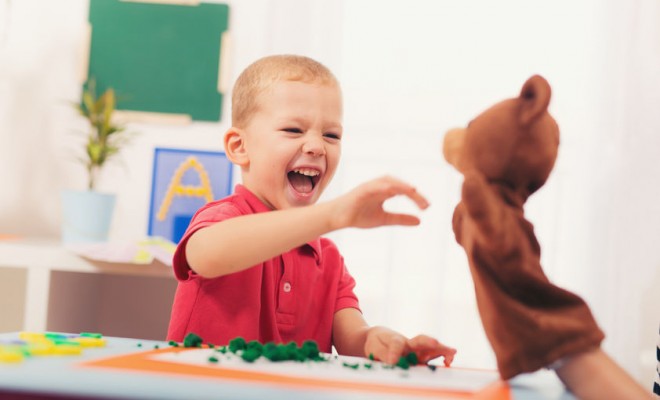
Childcare Activities
10 Sensory Activities for Children with Autism
Sensory Activities for Children with Autism
- Scented Playdough
- Car Wash
- Mud Kitchen
- Homemade Musical Instruments
- Footprint Painting
- Tasting Game
- Cornflour Slime
- Frozen Toys
- Sand Table
- Bubble Snakes
Sensory activities can be extremely beneficial for all preschool children, but they are of particular value for children with autism. In this article we’ll explore some of the benefits of sensory activities, and suggest some ideas to try out in your nursery.
Children with autism have varying needs and display a range of different behaviours, so activities should always be targeted according to their individual support strategies. Children with autism do have a number of shared characteristics, however, including difficulties with communication, flexibility and understanding other people’s behaviour; many also have difficulties with processing sensory information.
The benefits of sensory activities for children with autism
Engaging children with autism in sensory activities is beneficial in several ways, as it can help with:
- Stimulating the brain, creating neural pathways and improving sensory processing systems
- Improving social skills such as communication and cooperation
- Improving coordination, as well as fine/gross motor skills
- Calming children down when they are agitated
Try a range of activities to stimulate all of the five senses – touch, smell, taste, sight and hearing. Go gently and evaluate what works well, and what should be avoided. Remember, too, that sensory activities will be beneficial for all of the children in your care, not just those diagnosed with (or displaying indications of) autism.
1. Scented playdough
Make up a large batch of playdough and divide it into separate bowls. Mix different ingredients into each bowl, to create easily identifiable smells, for example cinnamon, almond essence, lemon juice, vanilla essence, ginger and so on (you could also add food colouring). While the children play with the dough they can enjoy the different smells and try to guess what they are.
2. Car wash
Set up a car washing station in the nursery – or outside in the garden – with bowls of water, soap, sponges/brushes/cloths/towels/squeegee and a selection of plastic vehicles. The children will love playing with the soapy water, scrubbing the cars clean and drying them off again.
Sign Up to Receive this 20-Part Activity Email Series
3. Mud kitchen
If you have the space, it’s really worth setting up a permanent mud kitchen as they are very popular, particularly with children who are drawn to sensory activities. You can buy readymade mud kitchens, or make your own by repurposing cast-offs or building from scratch. Make sure there are also plenty of utensils and tools available to play with.
4. Homemade musical instruments
There are lots of different musical instruments that you can make with young children, and creating them can be just as much fun as playing with them. Ideas include shakers (eg fill plastic bottles with rice or dried beans), rattles (eg thread buttons or beads onto some string), drums (eg use wooden spoons to beat on plastic tubs) and chimes (hang up some bottle tops or shells).
5. Footprint painting
For this activity you’ll need a large roll of paper and some trays of paint, as well as paper towels and water on hand for cleaning the paint off the children’s feet. You could try to create a particular scene (eg acrylic paint some circles and then get the children to make footprint petals around them), or just let them go freeform.
6. Tasting game
In this game the children taste different kinds of food while blindfolded, and then guess what it is. Your choice of food will obviously depend on the likes/dislikes of the children, but bear in mind that this game can be a good way of introducing new tastes and textures. Your list might include things like yoghurt, cereal, jelly, rice cakes, bananas, bread, tomato sauce, satsumas and guacamole.
7. Cornflour slime
This homemade slime is great to play with as it has unusual properties – it’s a cross between a liquid and a solid. In a large shallow container, mix together cornflour and water until you have a slime consistency. If you punch the slime it instantly turns solid, but when you scoop some up and hold it, it will turn back into a liquid.
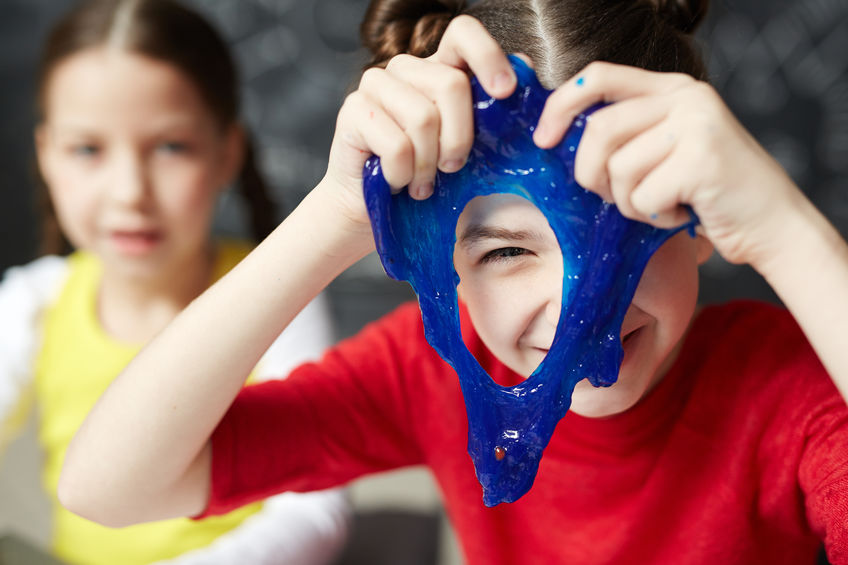
8. Frozen toys
You’ll need to prepare this activity a day or two ahead. Find a large plastic box that will fit in your freezer, quarter fill it with water, put some toys in and freeze. Add three more layers, and then turn out your ice block. The children then have to get the toys out of the ice, using a selection of tools (eg spray bottles with warm water in, toy hammers etc).
9. Sand table
Sometimes the simplest activities are the best. Most children love playing with sand, so invest in (or build) a sand table, along with a good selection of resources for them to play with – buckets, rakes, moulds, sieves and so on.
10. Bubble snakes
For this activity you’ll need plastic bottles, socks and bubble mixture. Cut the bottoms off the bottles, and put the socks over the ends, pulling them all the way over the bottle and then folding them back so you have a tight fit. Dip the sock-covered end into the bubble mixture and blow through the top end to make lovely long bubble snakes.
We hope you have found this article useful, click below for more similar articles;
- How To Teach Children With Autism
- How to Create an Autism Friendly Nursery
- Helping Children with Autism to Cope with Anxiety
- Children with Autism and Social Interaction
- Assistive Technology & Special Educational Needs
- Disability and Inclusion: Making Outdoor Play Accessible
- How To Teach Children With Autism
- How to Create an Autism Friendly Nursery
- Helping Children with Autism to Cope with Anxiety
- Children with Autism and Social Interaction
- Assistive Technology & Special Educational Needs
- Disability and Inclusion: Making Outdoor Play Accessible
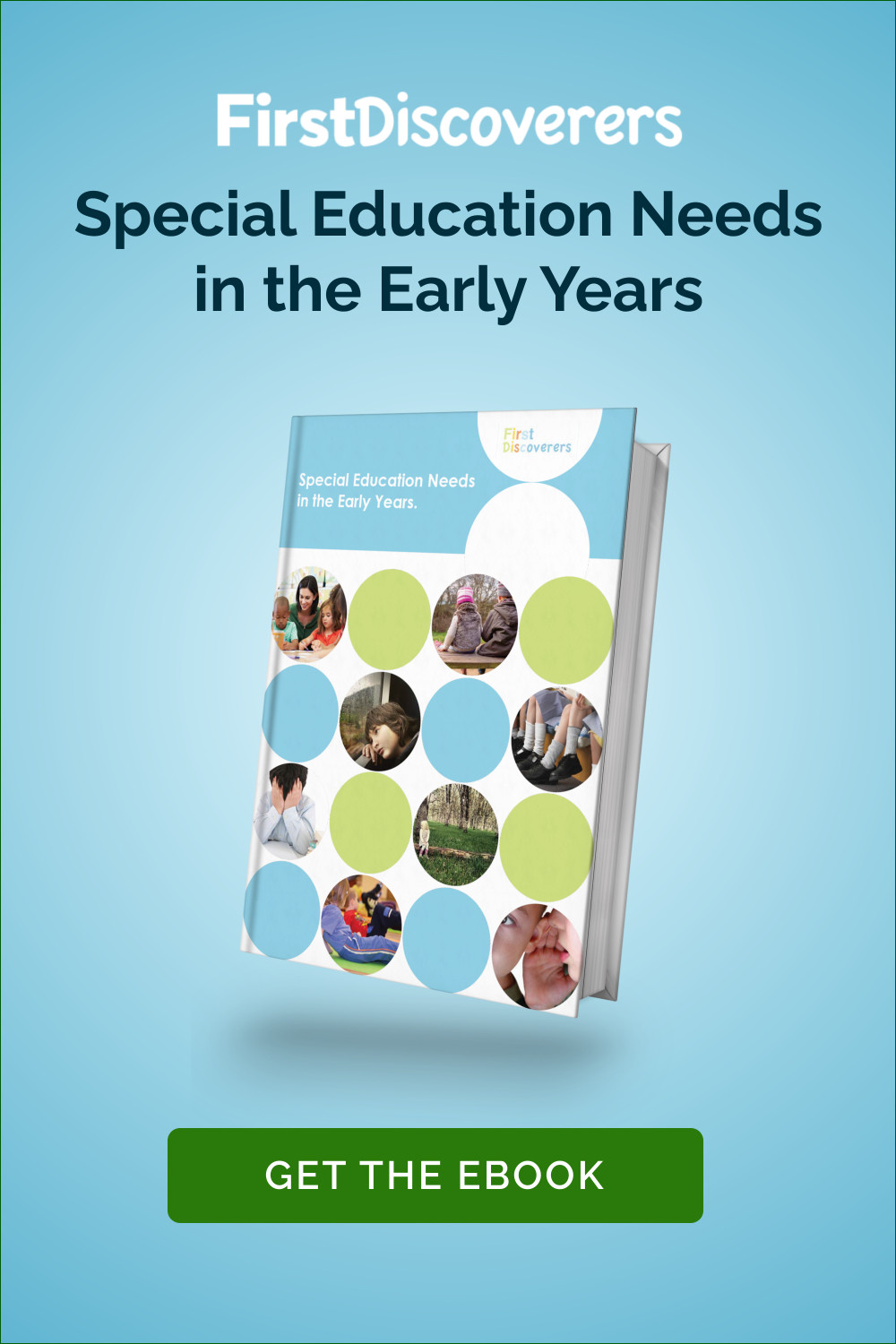


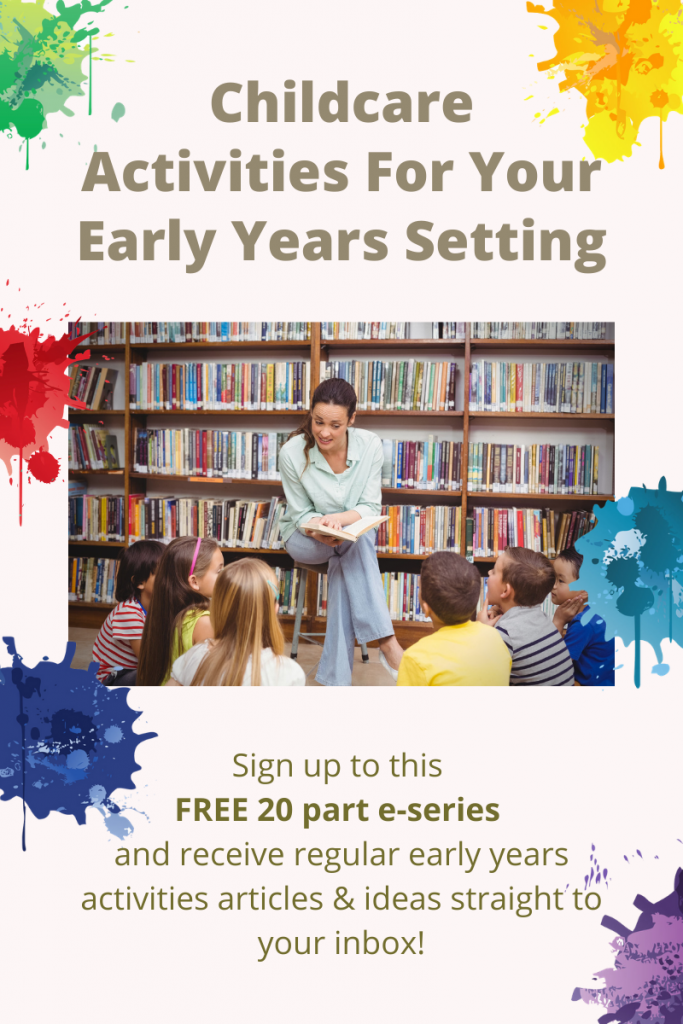
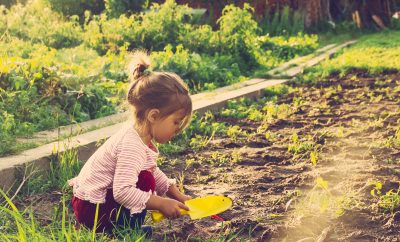
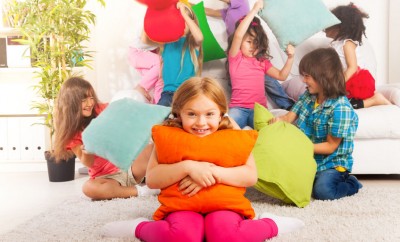
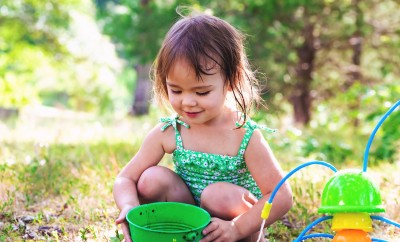

You must be logged in to post a comment Login